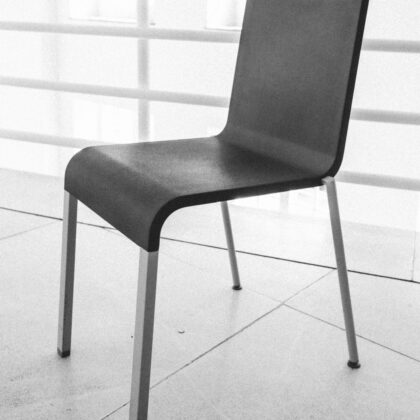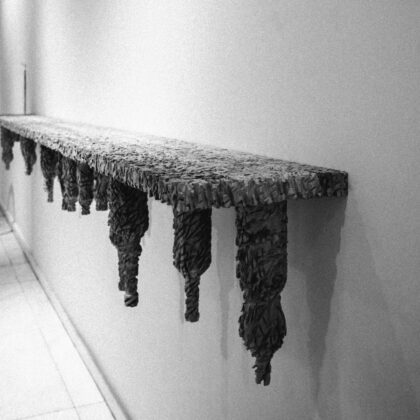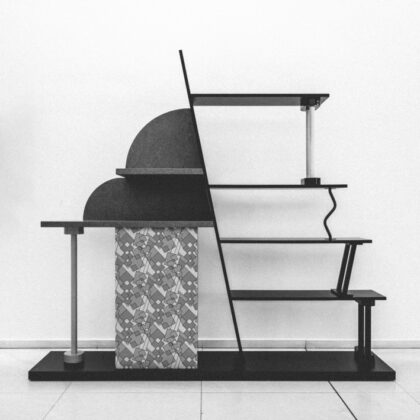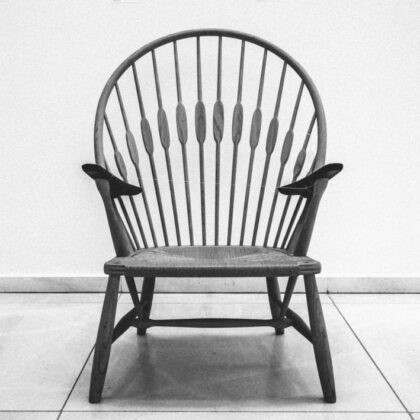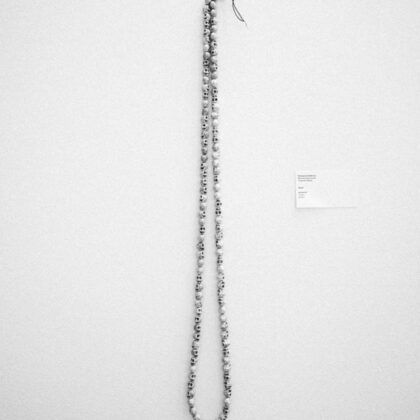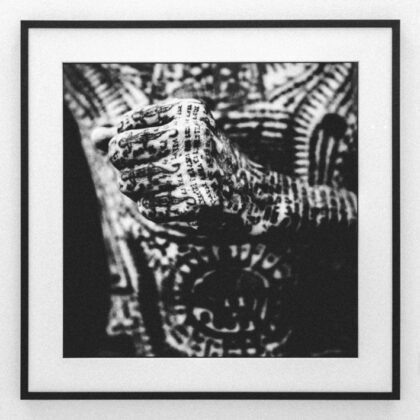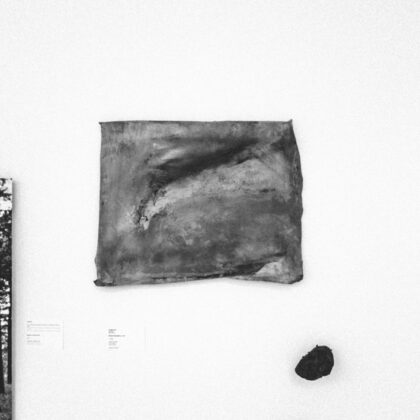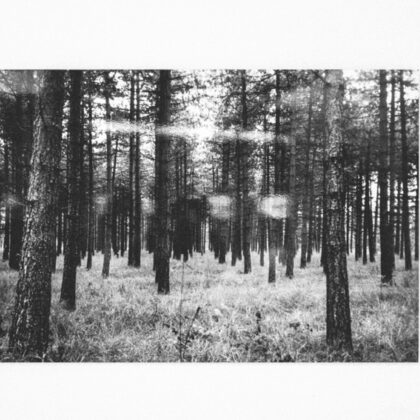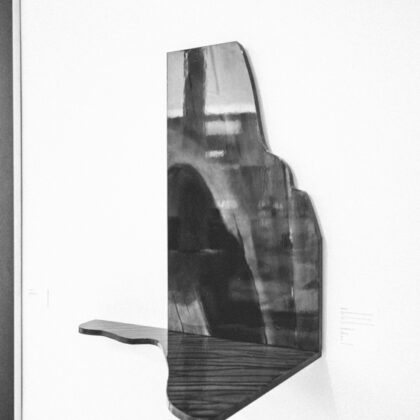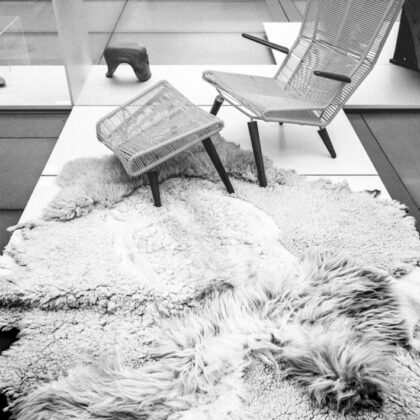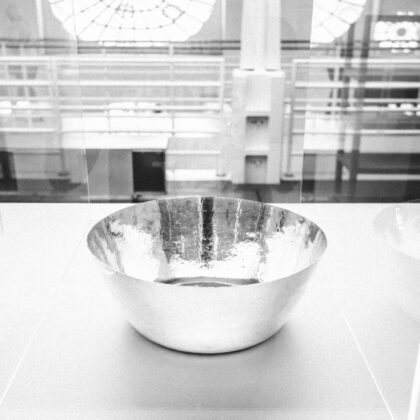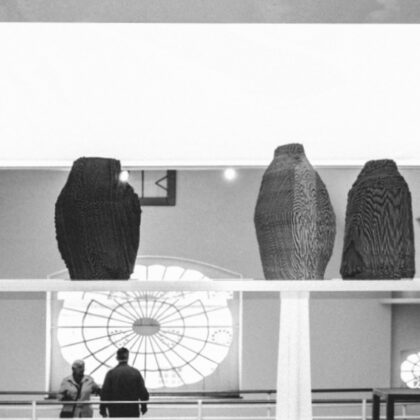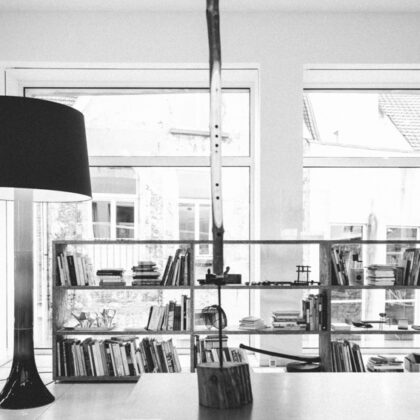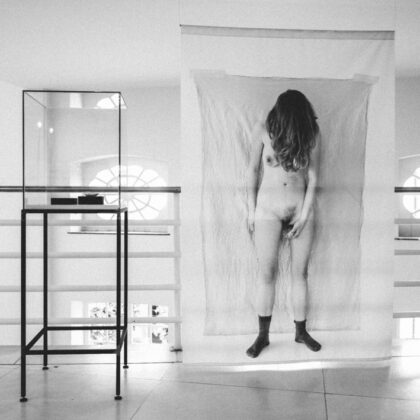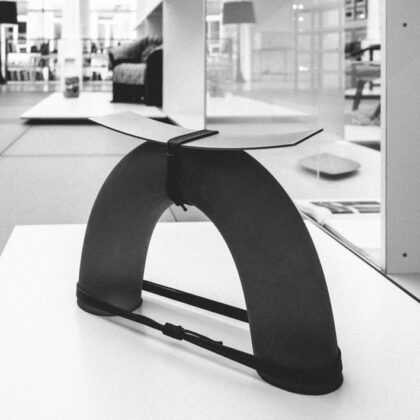Maarten Van Severen & Co
A wild thing
Although Maarten Van Severen is known above all for his minimalist designs, he did not actually agree with this perception. On the one hand because he had nothing in common with the minimalist art movement of the sixties and also because it demands maximum capacity to make objects that embody their purpose. He tended towards the social ideas of the modernists and the Bauhaus movement in their quest for a universal, status-free language, at the service of people, in which form is the logical consequence of function and necessity.
He was also an alchemist and as such he was driven by a desire to transform materials into meaningful objects charged with energy. He sanded his aluminium furniture until it came to life and he refused to cover the wood in which he worked with a layer of varnish, so that every day his tables would be a souvenir of the night before. Traces of gourmet pleasure, festivities. Imprints of real life. His furniture was anything but tame. It was wild, like him. All his designs have the soul of a wild animal that is inextricably bound by the laws of nature. The last thing he wanted to create through his work was tame objects designed to meet consumer demands. He had the soul of a craftsman, who had no other choice than to work at the service of his creativity. He never designed with style in mind, but always with a desire for essence and harmony. Love and intimacy were the driving forces in everything for him.
The book A Wild Thing is not a catalogue to accompany an exhibition. It is a stand-alone collection of essays that seek new meaning for a discipline in crisis.
Design today revolves around serving the notion of status and a pronounced form that is longer connected to an underlying ethic or other type of reflection. What’s more, designers today are responsible for the waste of tomorrow. It makes no sense therefore for designers to look for new methods and themes. The maker movement, slow design, open design, cradle to cradle, social design are all examples of this.
A Wild Thing brings them together and goes one step further, under the inspiration of Maarten Van Severen and other designers as well as by the phenomenologists and other thinkers looking for the ‘soul of objects’. The ‘aura’ as Jasper Morrison describes it, or the ‘intrinsic glow of the inside of things’ as Joost Zwagerman wrote about the cups and jugs in the still lifes of Giorgio Morandi. Cees Nooteboom talks about the ‘mystic allure’ of things.
What is this light that brings a utensil, irrespective of the spotlight of marketing, to life? For some it is the archetypical design that goes beyond memory, for others a spiritual intention like the felt makers of Kirghizstan, or just the soul of the tree that lives on in the furniture of George Nakashima for instance. While the book offers musings by designers, philosophers, artists and poets, the exhibition brings together kindred spirits around the subject of the silent objects of Van Severen. Silent and invisible, they weave a web through the museum, they charge the rooms with energy, they vibrate soundlessly with the souls of the visitors.
“By sculpting, shaping, embroidering, drawing geometrical lines on leather or weaving symbolic patterns, the craftsman gives material form and outward expression to his inner beauty which is within him in such a way that it enters the ‘aura’ of the object, and captures the attention of those who see for centuries to come. This is the whole secret of creation.” – Amadou Hampaté Ba
Het wilde ding, p. 56
“Be aware of your intention while making love. You generate an energy of creation in every union. Be aware to have a loving intention, in order to send loving creative forms out into the universe.” – Pema Gitama
Het wilde ding, p. 96
